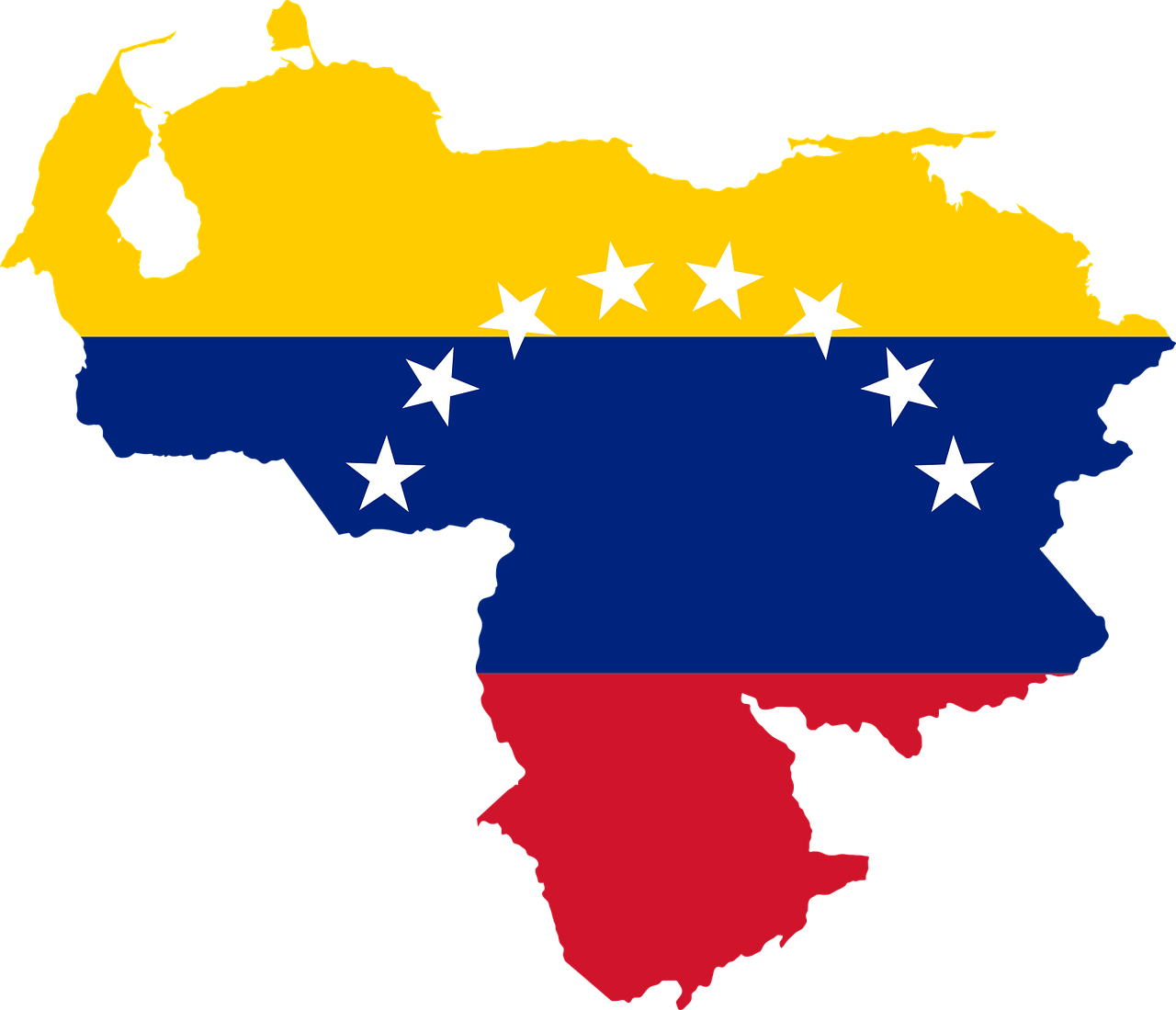We are happy to report that the Biden administration has made the decision to extend Temporary Protected Status for Somalia nationals currently receiving protections under the program from March 18, 2023 through September 17, 2024.
In addition, the re-designation means that certain eligible Somali nationals residing in the United States as of January 11, 2023, will be able to apply for TPS protections for the first time.
The main benefit of applying for this program is that those who are approved for Temporary Protected Status can remain in the country on a lawful basis, will receive protection against deportation (deferred status), and are eligible to apply for employment authorization and travel permission by filing, Form I-765 Application for Employment Authorization, and Form I-131 Application for Travel Document, with the United States Citizenship and Immigration Services (USCIS).
How did this all happen?
Extension of Designation of Somalia for TPS
On January 12, 2023, the Secretary of Homeland Security, Alejandro Mayorkas, announced an 18-month extension and redesignation of Temporary Protected Status (TPS) for the country of Somalia. This extension and re-designation will be in effect from March 18, 2023, through September 17, 2024 (an 18-month period).
Secretary Mayorkas made this decision after consulting with government officials and taking into consideration the ongoing armed conflict in Somalia, along with natural disasters, disease outbreaks, and worsening humanitarian crisis. Somalia continues to be impacted by terrorism, violent crime, civil unrest, and fighting amongst clan militias making it necessary to extend the designation of Somalia for TPS.
Mayorkas found that these circumstances ultimately prevented Somali nationals from safely returning to their home country stating, “Through the extension and redesignation of Somalia for Temporary Protected Status, the United States will be able to offer safety and protection to Somalis who may not be able to return to their country, due to ongoing conflict and the continuing humanitarian crisis… We will continue to offer our support to Somali nationals through this temporary form of humanitarian relief.”
 Visa Lawyer Blog
Visa Lawyer Blog











